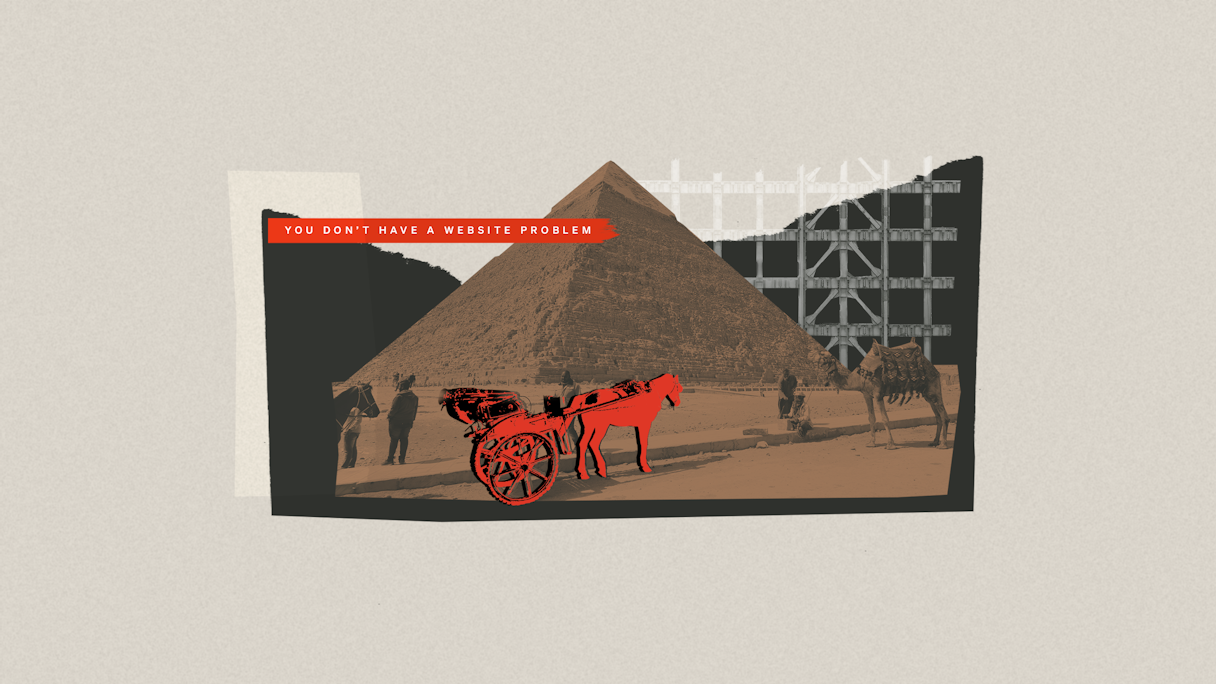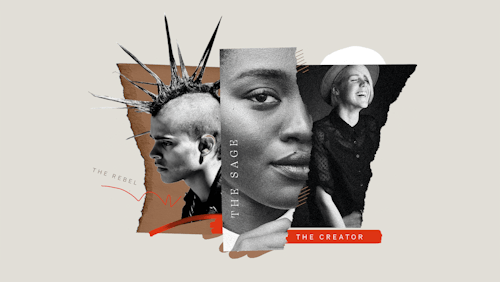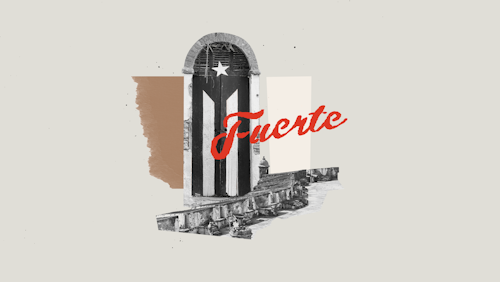
“Our website is stale. The messaging’s outdated, and our competitors look too similar to us now.”
We hear this — or something like it — from clients all the time. And you know what? They’re usually right.
Then, we hear this: "Can you redesign our website?"
Our response: "Right now? No."
Us, turn down a chance to do some web work — which we love? You bet. That’s because there’s one thing they usually miss: They don’t have a website problem. They actually have a brand problem.
Your website is (part of) your brand
Your website showcases your current verbal and visual identities, and any problems with it are symptoms of a larger, more foundational, brand problem.
That’s because everything you put out there — from swag to slide decks to social media posts — is a reflection of your brand. Each touchpoint deserves the right time and attention to ensure you’re telling a coherent and consistent story every time a customer interacts with you.
And your website is one of the most important pieces of that story. It’s the chance for you to make a big first impression with customers, to engage and encourage them to learn more and take the next step. Are you doing it in a way that makes sense for your brand?
What happens when you don’t start with brand
Your website is an important piece of your brand, and knowing that doesn’t make it any less outdated or stale. You needed it fixed yesterday. So you get to work.
Maybe you start with a template and pull in some flashy components that work well. Choose some colors that feel nice. Update the messaging. Plug in some new photos. And hey, things are starting to look pretty good.
Except…
Are you taking into account how your audiences may have changed since your last site update? And what your competitors are saying (and not saying) about their products and services? Are you thinking about the main idea you’re trying to communicate on your homepage and how that relates to what you’re saying elsewhere? Do the colors, typography, and visual language connect to those you’re using in other brand assets? Has your pitch deck been updated accordingly? Do your business cards fit the new website vibes? Is your sales team’s talk track aligned with what you’re now saying in the website’s hero?
Hopefully — and this is best-case scenario — the answer is yes. But more likely you’ve come to realize that you have a much bigger problem.
Once again: You don’t have a website problem. You have a brand problem.
This is why we always, always, always start with brand.
Brand before website
A strong brand preludes a strong website. Three elements make a strong brand: strategy, verbal identity, and visual identity. These all come together to define and direct what your brand is and how it should be applied.
These elements need to be well established before you start to consider website work, and then you’ll need to create further definition as you explore how your brand comes alive in the interactive space.
You might even need to prioritize strategy, particularly if your website’s structure is complex or is undergoing drastic changes. Engaging strategy can help you determine whether your sitemap and overall content strategy need more thought, and whether you’re looking at a refresh or a more comprehensive redesign once you get to verbal and visual.
Only after you’ve evaluated all those elements, confirmed they’re accurate for where your brand is today (and where it’s going), and considered how this all should apply to a website — that’s when we can give you the green light.

